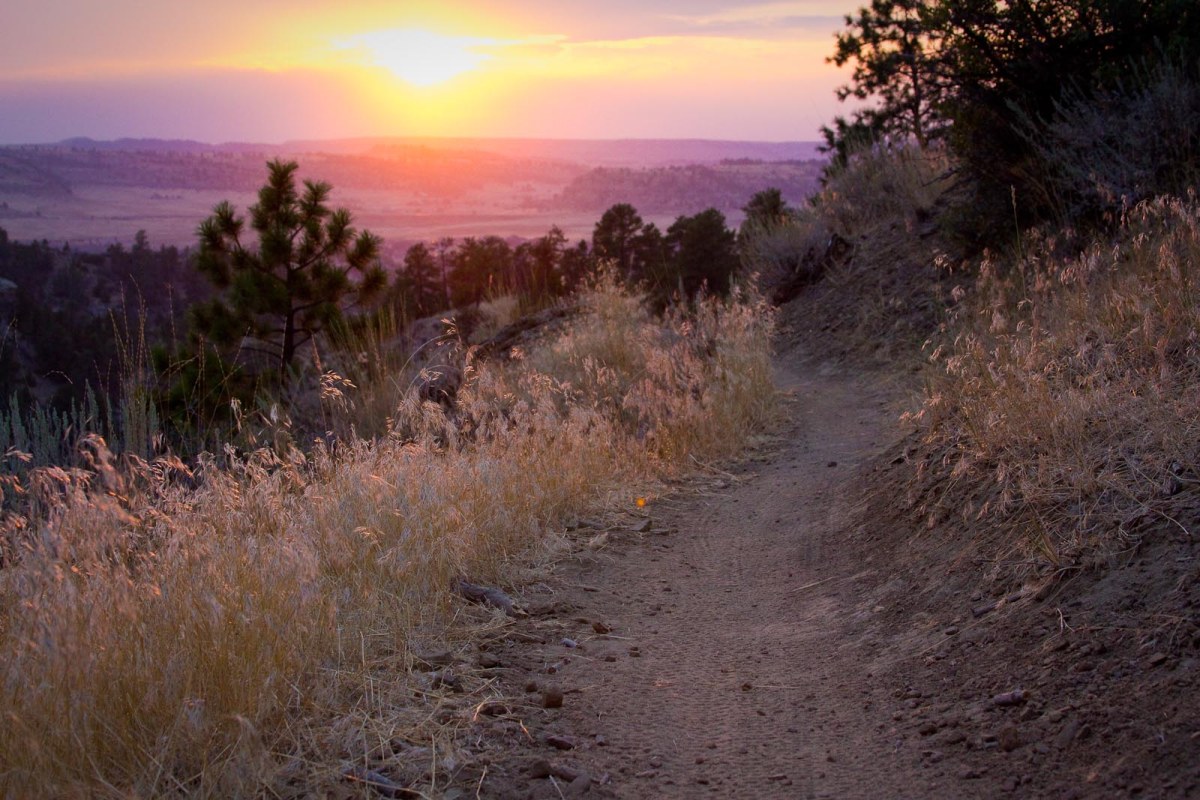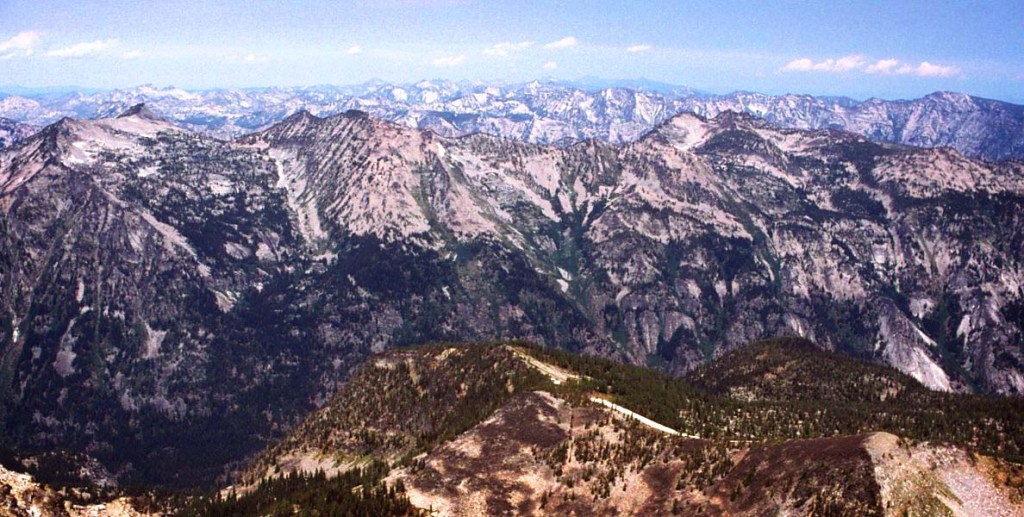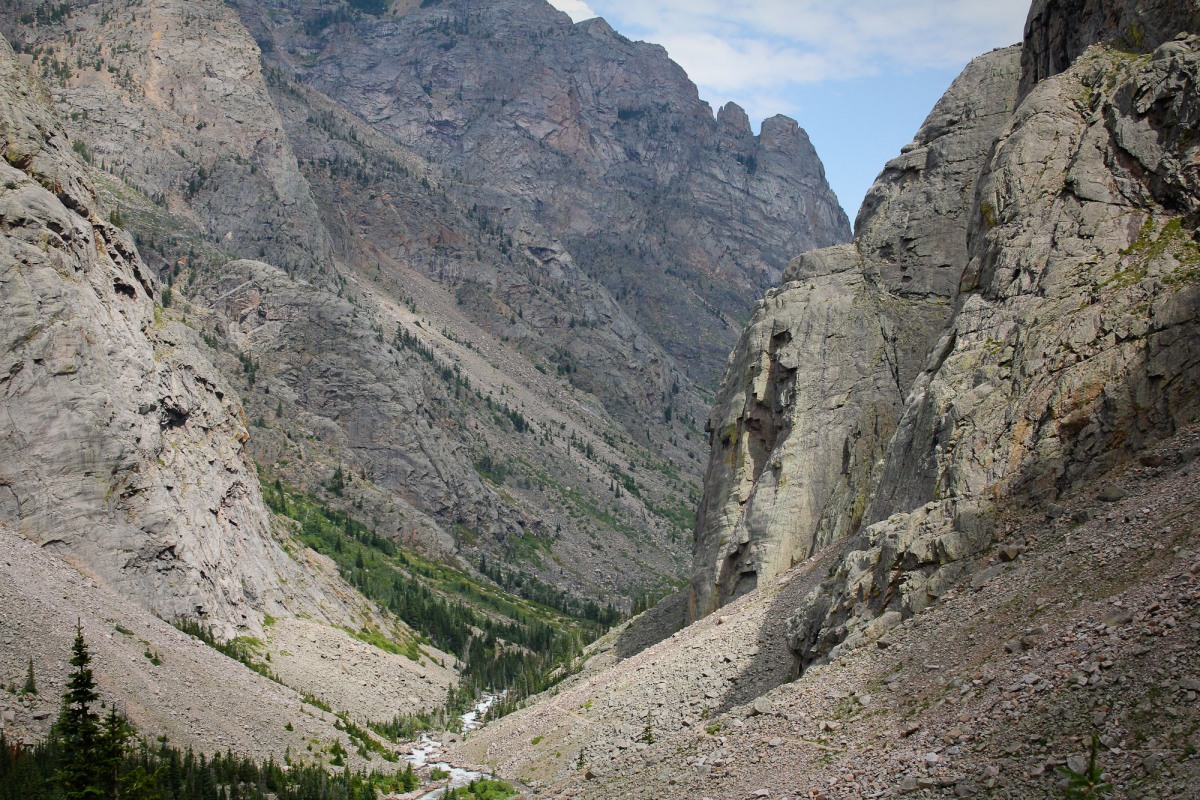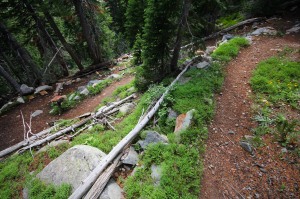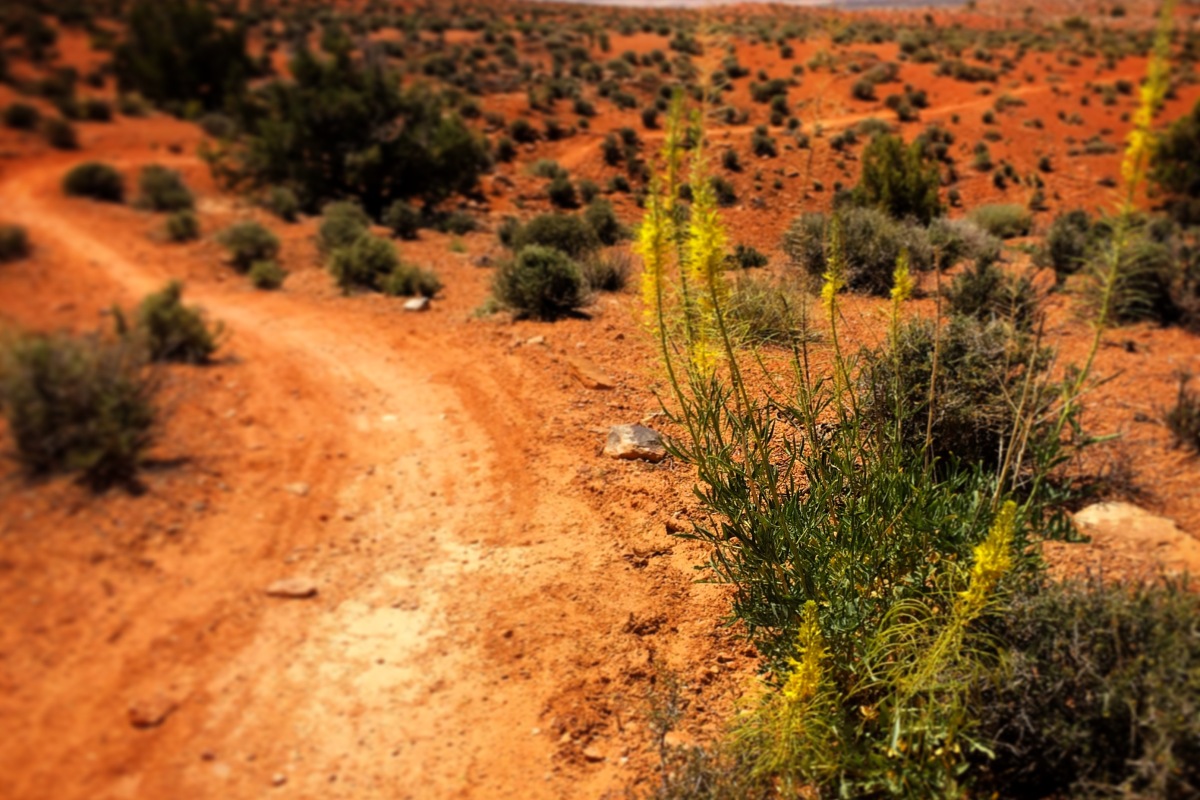Some mountain bike trails are harder to build than others.
This is part of my #shredlocal series.
I hoist my bike up on my shoulders and begin to pick my way up a steep, sandy slope strewn with boulders and cactus. My bike snags on scrubby desert bushes and giant sandstone slabs fallen from the cliffs above. I’m winded almost immediately. It’s a struggle to make it to the top, but it’s the price I pay for being able to access trails from my front door.
As I catch my breath, I look out over Billings’ neighborhoods, beyond the yellowing cottonwoods on the Yellowstone River, and out to the Beartooth Mountains in the distance. I’m stoked to be here–not just for the view but the riding I’m about to do. Because, just inside the trees, are trails that shouldn’t be here.
I mount my bike and pedal up a quick chute into a ponderosa forest punctuated by tall, sandstone hoodoos. The trail wanders along the ridgeline, smooth except for a few ankle-high rock drops and short, punchy climbs. I plunge like a roller-coaster into a ravine trying to keep enough speed to carry me up the other side.

I can’t tell you where these trails are. At least not in this blog. They may not be on your favorite trails app, even though they are some of the best trails in south-central Montana. They’re secret. More like an open secret. They aren’t hard to find. Stop into a bike shop and they might tell you where they are (you can say thank you by buying something). As part of the agreement to get access to this dirt, the trails can’t be publicized. The trails reside almost entirely on private land, and the local mountain bike association has spent years building trust with the landowners for these narrow ribbons of public space.
I follow the ridge for a few miles of swoopy singletrack that alternates from wide-open desert hard-pack to tight, rocky sections technical enough to have to check up. All along the way are views of pine-studded gullies, sandstone cliffs, and wide open Montana prairies. While these trails are perched on the edge of a city of 100,000, there are moments where it feels much more remote.
Eventually, I stop in front of a trail closure sign. This parcel of land which contains one of the quietest, most remote-feeling spots in the Billings area has been sold, and the new owner has chosen not to let a bunch of hikers and mountain bikers cross his land. There was a time when we mountain bikers would have risked getting busted by law enforcement to ride a trail like this.
We were an unruly bunch back then. Trails were scarce, and mountain biking as a sport was under siege. Times have changed. Even the name of the local mountain bike association changed from the Dert Jerx to the more inclusive and spellcheck friendly Pedal United.
We were an unruly bunch back then. Trails were scarce, and mountain biking as a sport was under siege. Times have changed.
Instead, I turn and ride up a short spur trail that skirts the edge of the landowner’s parcel, climbing to the top of the bluffs. I take a right and roll along another set of cliffs, heading back the way I came. I learned to ride a mountain bike on this dirt. It’s a trail we used to poach in the 90’s. It’s fast and flowy. Since this trail, and the others in this area became legal to ride, Pedal United has kept them well-maintained. I cross a fence on a fancy metal bridge. The heavy-gauge wire of an electric fence threads between a couple of cast-off mountain bike wheels to keep it in place. These bridges, welded together by volunteers out of steel and bike parts, are symbols of the relationship between Pedal United and landowners. We get a great riding experience, and their cattle don’t wander through open gates or worse, barbed wire cut in anger (yeah, that’s happened). Practical solutions and some serious effort on the part of the mountain bike community have kept these trails one of the best riding resources in the area. Trails that used to be crumbly, and washed out are now fast with tacky, hard-pack corners.
I hit another trail junction atop a steep, loose descent that, when climbed, is a trial by fire for ascending skills. This spur will spit me out on a street that will eventually lead me back to my house. I take in the solitude for a moment. Cars inch along the valley floor, and the soft hum of the city makes its way up to where I stand. The sun sinks behind the rocky ledge of the cliffs, and the sky lights up vibrant orange. I’ll have to haul ass to get back before dark, but I don’t want to move. I just breathe deeply and feel gratitude that a group of people worked hard to put a trail here, and that a few landowners took a chance on a bunch of Dert Jerx.
